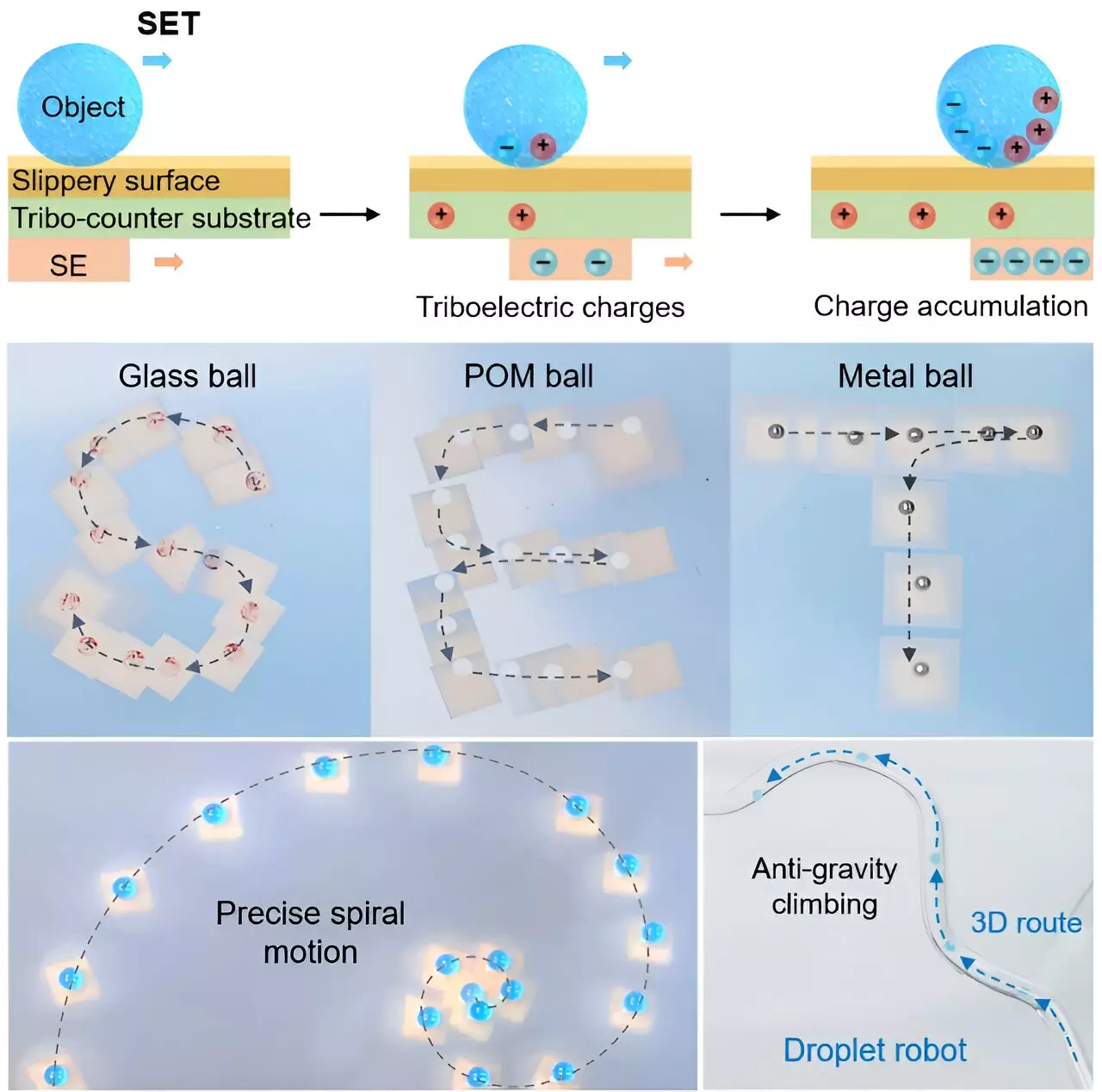The realm of object manipulation has undergone a transformative leap with the advent of a novel self-powered electrostatic tweezer (SET), as spotlighted in a recent study led by Dr. Du Xuemin and his team at the Shenzhen Institute of Advanced Technology (SIAT). This innovative device is not merely an upgrade of traditional tweezers but represents a radical departure in how we approach object manipulation across various scientific fields, including physics, chemistry, and biology. The versatility offered by the SET is remarkable; it provides both accumulation and tunability of triboelectric charges, making it a multifaceted tool suitable for an array of applications.
Challenges with Conventional Tweezers
Traditional tweezers, while functional, have always been limited by their dependence on complex electrode arrangements and external energy sources. These approaches not only complicate the manipulation process but also present challenges like limited charge generation and the potential for excess heat production during use. Such drawbacks underscore the importance of an innovative design that can bypass these inefficiencies. The research team’s creation of the SET addresses these issues head-on, positioning itself as a much-needed solution to the long-standing limitations of conventional manipulation tools.
The Unique Design of the SET
At the heart of the SET’s capabilities lies its cutting-edge polyvinylidene fluoride trifluoroethylene (P(VDF-TrFE))-based self-powered electrode. This electrode harnesses the triboelectric effect to generate impressive surface charge densities rapidly. Through its unique construction—pairing a dielectric substrate that doubles as a tribo-counter with a slippery surface—the SET significantly reduces resistance and minimizes the risk of biofouling during operations. Its ability to accumulate an impressive charge density of about 40 nC cm-2 within seconds is a significant advantage over traditional tools and allows for a stability that endures hundreds of operational cycles.
Versatility and Applications
Imagine a tool that can effortlessly manipulate diverse materials—from liquids to solids—at remarkable velocities of up to 353 mm s-1. The SET isn’t just a mechanical marvel; it is equipped for a multitude of environments, ranging from open to closed systems and accommodating both singular and multiple object manipulations. Its applications are far-reaching, encompassing tasks such as droplet splitting, merging, and even advanced microfluidic operations. This adaptability exceeds what conventional tweezers can achieve, fundamentally changing the paradigm for how materials are handled and studied in laboratory settings.
The Future of Manipulation Technology
Dr. Xuemin encapsulates the essence of the breakthrough by emphasizing the innovative design of the SET, which fosters rapid charge accumulation and effortless tunability. What distinguishes the SET from its predecessors is not merely its functionality but the seamless integration of efficiency and precision that it offers. As research continues to evolve, it is clear that the self-powered electrostatic tweezer holds the promise for revolutionary advancements in manipulation technology, poised to set a new standard for laboratory tools and microfluidic systems in the future. The SET is more than a significant innovation; it is a critical step toward a more efficient, versatile, and biocompatible future in scientific inquiry and application.

